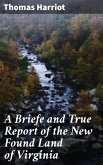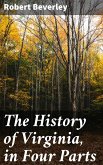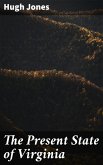Thomas Harriot's 'A Briefe and True Report of the New Found Land of Virginia' is a groundbreaking account of the early English explorations in North America. Written in a straightforward and detailed style, the book provides a vivid description of the native people, flora, and fauna encountered by the English settlers. Harriot's meticulous observations and scientific approach make this work a valuable historical document of the 16th century. The book's inclusion of native language and cultural practices adds depth to the narrative, shedding light on the complex interactions between the English and the indigenous populations. In the context of early colonial literature, Harriot's report stands out for its honest portrayal of the New World and its inhabitants. Thomas Harriot, a renowned mathematician and astronomer, was a key figure in the English colonization of North America. His expertise in navigation and exploration likely informed the writing of this seminal text, which served to educate and inform English audiences about the discoveries in Virginia. Harriot's commitment to accuracy and objectivity in his observations adds credibility to his account, making it a valuable resource for historians and scholars interested in the early European encounters with indigenous peoples. I highly recommend 'A Briefe and True Report of the New Found Land of Virginia' to readers interested in early American history, colonial literature, and cross-cultural encounters.
Dieser Download kann aus rechtlichen Gründen nur mit Rechnungsadresse in A, B, BG, CY, CZ, D, DK, EW, E, FIN, F, GR, H, IRL, I, LT, L, LR, M, NL, PL, P, R, S, SLO, SK ausgeliefert werden.









